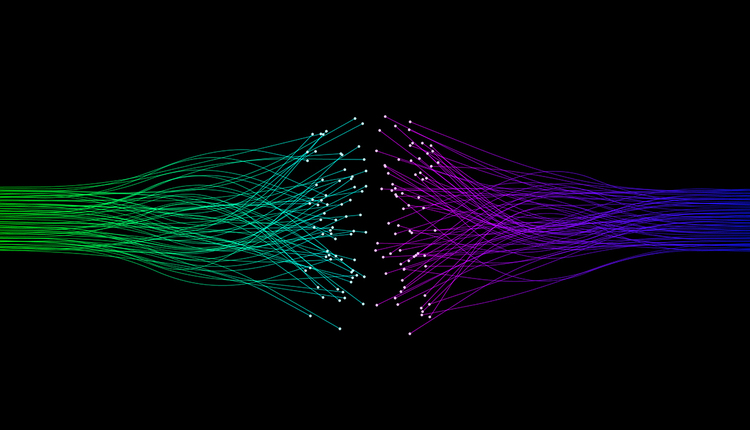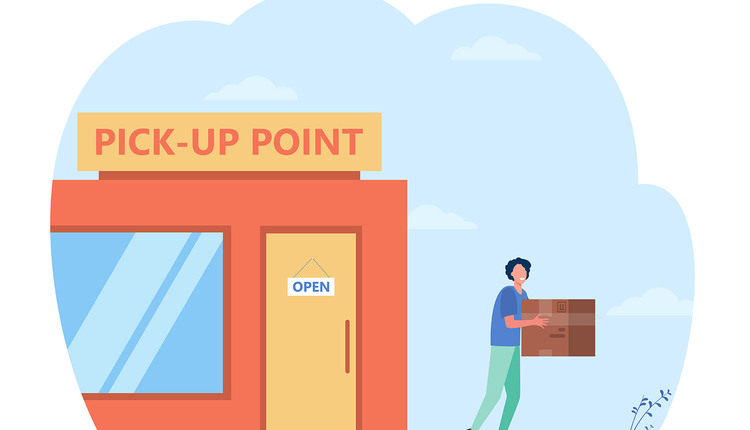The COVID-19 virus and pandemic has changed the world in countless ways. Although lockdown orders have been helpful to prevent the spread of the virus, the sudden halt of the economy has ravaged the retail industry in particular. On July 3, 2019, USA Today reported 9,100 US retail store closings, a total that was 55% higher than 2018 and, at the time, categorized as apocalyptic.Flash forward to July 23, 2020 and the devastation of COVID-19, and the US has already seen a staggering 11,691 store closures, and the number is expected to continue to grow.
With so many retail spaces now vacant, what will become of the empty brick and mortar buildings? In addition, what are retailers doing now in terms of adapting to the “new normal” to avoid becoming another COVID-19 statistic?
The Retail World: Pre-COVID-19 Versus Today
Prior to March 2020 and the beginning of the COVID pandemic in the US, there was reason to believe that the 2019 spike in store closings was largely the result of restructuring. For example, when Gap announced they would be closing 154 stores, they also reported opening 115 new locations. Additionally, 2,100 of the 2019 closings were from just one retailer, Payless, and blamed on the company’s 2017 bankruptcy and over-dependence on brick-and-mortar locations rather than embracing e-commerce. As the retail industry began 2020, speculation in terms of how to succeed seemed to be tied to opportunities for further expansion and fully embracing e-commerce.
Once the pandemic took over and most of the world was shuttering in place, brick and mortar stores took a huge hit. Issues included additional safety and health requirements to protect both customers and shoppers, inventory problems due to failures in the supply chain, and forced government shutdowns of non-essential businesses. All the while revenue decreased, expenses increased, and there seemed to be no end in sight any time soon.
In addition to changes and closings among retail stores, brick and mortar banking options have been limited, with many branches either severely limiting their hours or shutting down operations completely. Now that bank customers are more accustomed to mobile banking options while their branches are closed, many banks are considering a smaller brick-and-mortar footprint in their post-COVID future. For example, Pennsylvania-based PNC bank has closed 24 of its 2,300 branches since March 31, and plans to close 30 more by the end of August and 39 more in September, said spokesperson Marcey Zwiebel.
The Big Get Bigger
While it seems that e-commerce as a whole would benefit from retailers shutting down stores, CommerceNext reported that in reality, 64.5% of online businesses have seen less, rather than more, online business. That is, unless you are Amazon. Consumer spending on Amazon is up 35% from 2019, and by mid-April, they had already hired 80,000 new workers to help with the increase. With stay-at-home orders in effect, more people are taking advantage of grocery deliveries and, once again, Amazon is at-the-ready with their Amazon Fresh delivery service.
While this huge boom in demand is great for Amazon, the sudden uptick has presented problems in terms of the supply chain and distribution. Flexibility, adaptability, and creativity have all contributed to finding answers to the distribution dilemmas. One answer is turning empty stores into stores again, but for home delivery.
In 2019, before COVID-19 became a household name, Amazon began converting vacant shopping malls into fulfillment warehouses. By using these locations, Amazon was able to place its network even closer to areas not previously in the vicinity of its distribution centers and better ensure its promise of fast delivery to even more customers. This most recent blow to brick-and-mortar competitors by the online giant will most likely be exacerbated by the pandemic, as more retail space goes empty just as Amazon’s market share and customer demand skyrockets.
What Is Old Is New Again
With no end in sight to social distancing and reluctant in-person shoppers, home delivery and curbside pick-up demand are projected to continue for at least the near future. Moreover, once consumers become accustomed to this new way of purchasing, they are likely to continue the practices even beyond the pandemic. However, these so-called new trends are not necessarily new; it is more like what is old is new again.
In the early 1900s, grocery shopping consisted of approaching the counter at your local market and requesting your items from the clerk, who in turn would retrieve goods for you. If you were privileged, you might not even leave your house, but rather call the grocer to request your items. There was no such thing as pushing a cart through the aisles, and you certainly did not touch produce or reach for packaged goods on shelves.
Technology has clearly improved the current purchasing and delivery process. For example, online ordering has greatly improved the efficiency of delivery service. In addition, product selection today is vastly greater than what was available in the early 1900s. Moreover, with the ability of today’s retailers to track massive amounts of customer data, consumers have access to countless product recommendations based on their buying habits and preferences. The sheer amount of research and sophistication used to separate the shopper from their dollar is greater than ever before!
However, there is no denying that the transaction is much less personal today in terms of interacting with corporations versus previously dealing with “Mom-and-Pop” shops. In the 1900s, customers seeking delivery service would call the store and speak with someone directly or approach the counter to select their items. In all likelihood, the retailer and consumer shared, or had family who shared, activities and organizations within the community. Most delivery options now transpire online without any human interaction at all.
The Next Stage of the Retail Revolution
At some point, the separation of Amazon.com retail from Amazon Web Services (AWS) seems inevitable.When that happens, e-commerce competition will heat up, with or without the influence of a pandemic. It will be interesting to see how old-fashioned American competition, innovation, and drive force the next retail revolution and exactly what new changes we are “in store” for.
Matt Kulp, EVP is Managing Partner, St. Onge Company. Please visit www.stonge.comfor more information.
This article originally appeared in the September/October, 2020 issue of PARCEL.

















